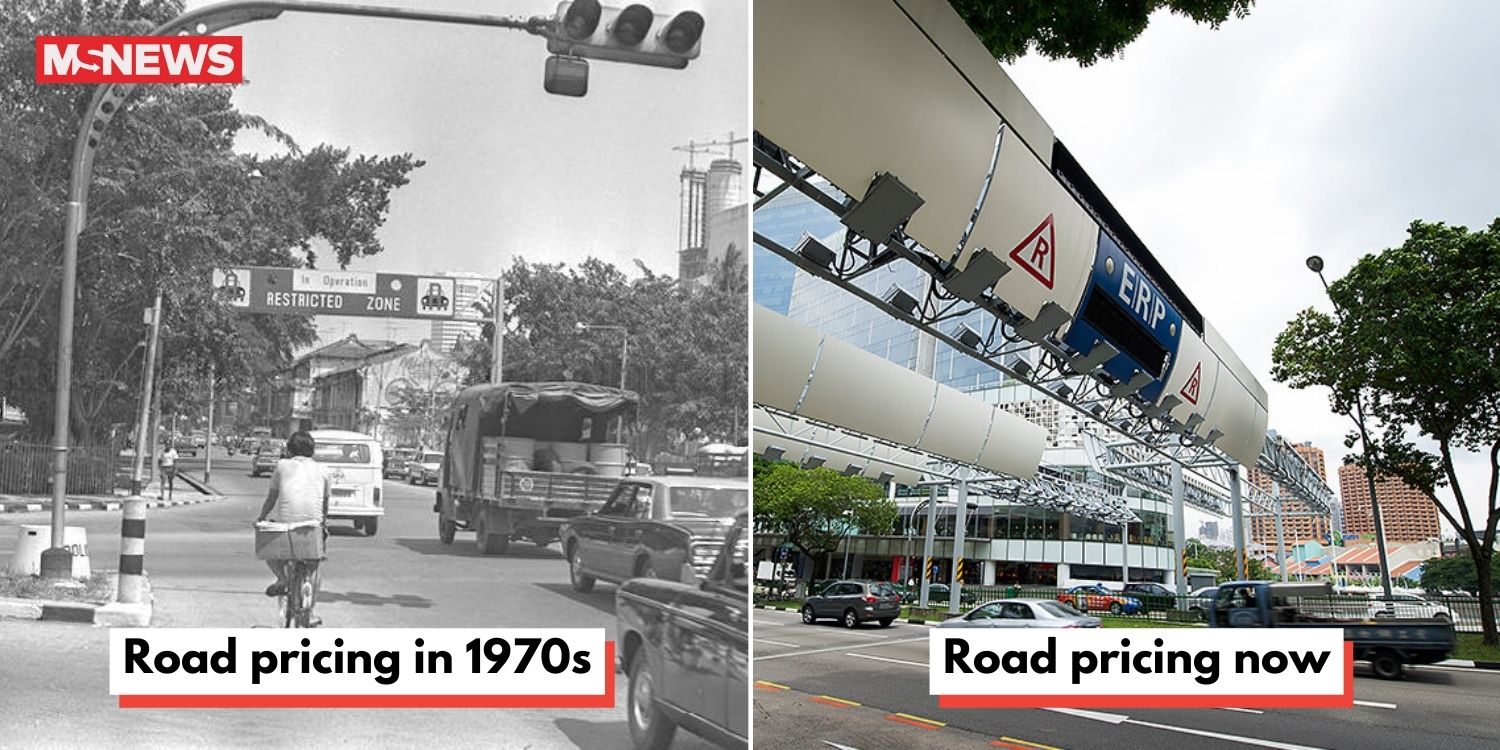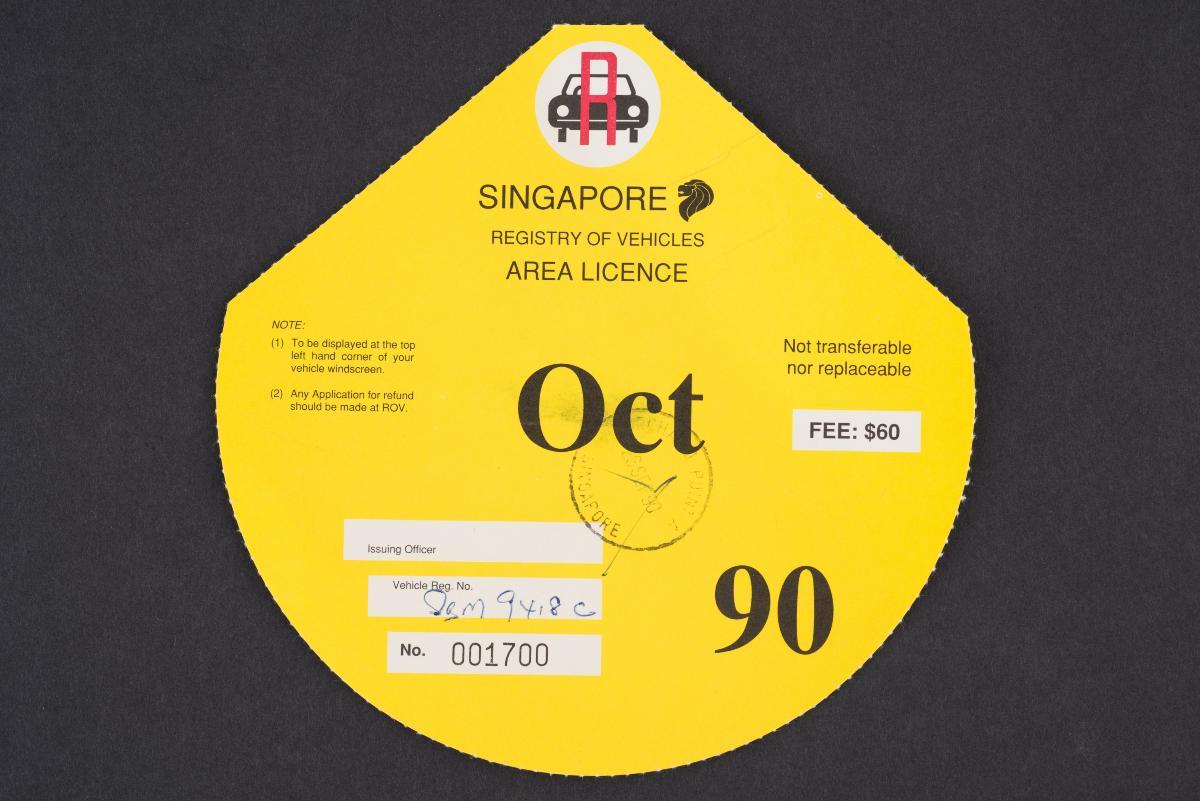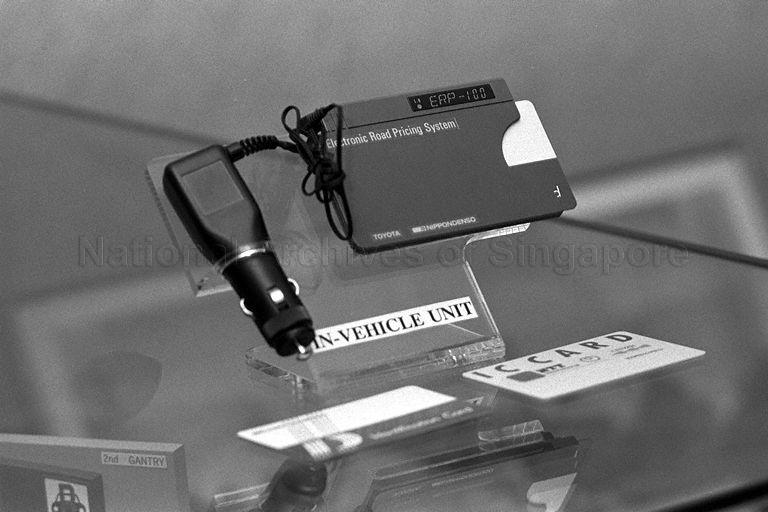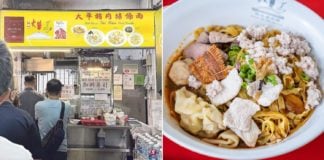How the ERP system came to be in Singapore
ERP 2.0 has been the talk of the town among motorists in Singapore.
Some have argued that the developments are not user-friendly, citing issues with the new in-vehicle on-board units (OBU) design.
The OBU is not the only thing that has transformed over the years, with the Electronic Road Pricing (ERP) system also changing Singapore’s roads since its implementation in 1998.
Here’s a look at how the ERP developed in the nation-state — starting with a battle against peak-hour traffic in the 1970s.
Finding a solution for traffic congestion in the 1970s
By the 1970s, Singapore was facing a traffic congestion problem. The Area Licensing Scheme (ALS) was thus introduced in 1975 as a solution to manage congestion.
New Nation published a report in May 1975 summarising the scheme — noting that it was “the first of its kind” in the world.
The ALS saw the establishment of multiple “Restriction Zones”, which only allowed the entry of vehicles with special area licences.
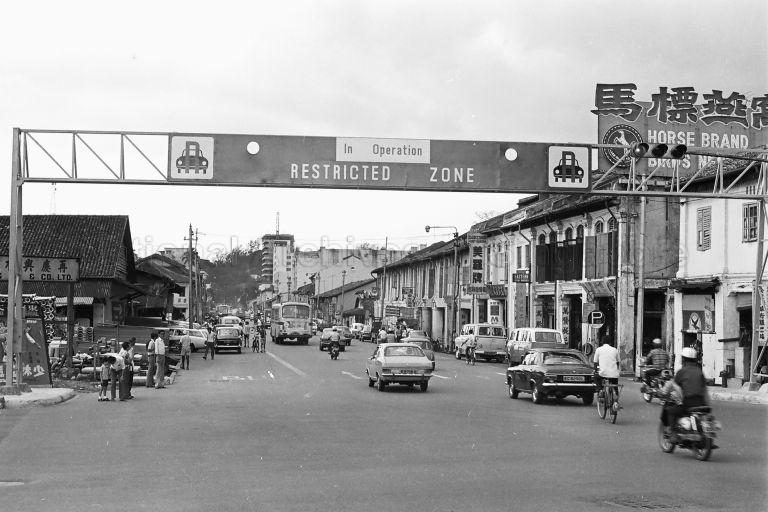
Source: National Archives of Singapore
This paper licence, which cost S$60 a month and S$3 a day, was for those who wanted access to the zones during the morning peak hours of 7.30am to 9.30am.
Motorists should display this paper licence on the top-left-hand corner of their windscreen.
This would have been subject to checks by authorities who were stationed at the restricted zone “gantries”.
According to Roots, the following vehicles were exempted from applying for the area licence:
- Buses
- Taxis
- Motorcycles
- Commercial vehicles
- Police and military vehicles
- Ambulances
- Fire engines
- Motorcars carrying at least four passengers
According to the National Archives of Singapore, there were six restriction zones across Singapore.
Archival photos showed overhead signs along areas such as Orchard Road, Bencoolen Street, and North Bridge Road.
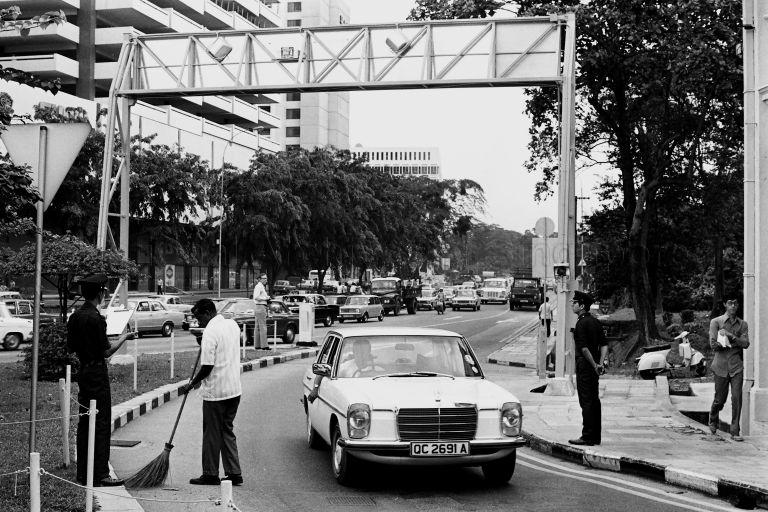
Source: National Archives of Singapore
Back then, the ALS covered a 620-hectare area including the Central Business District, Chinatown, and Orchard Road, reported New Nation.
ERP system revamp: From paper to electronic
According to The Straits Times (ST), government officials first studied the ERP trial in Hong Kong in 1985.
Singapore’s Cabinet only gave ERP the green light four years later in 1989.
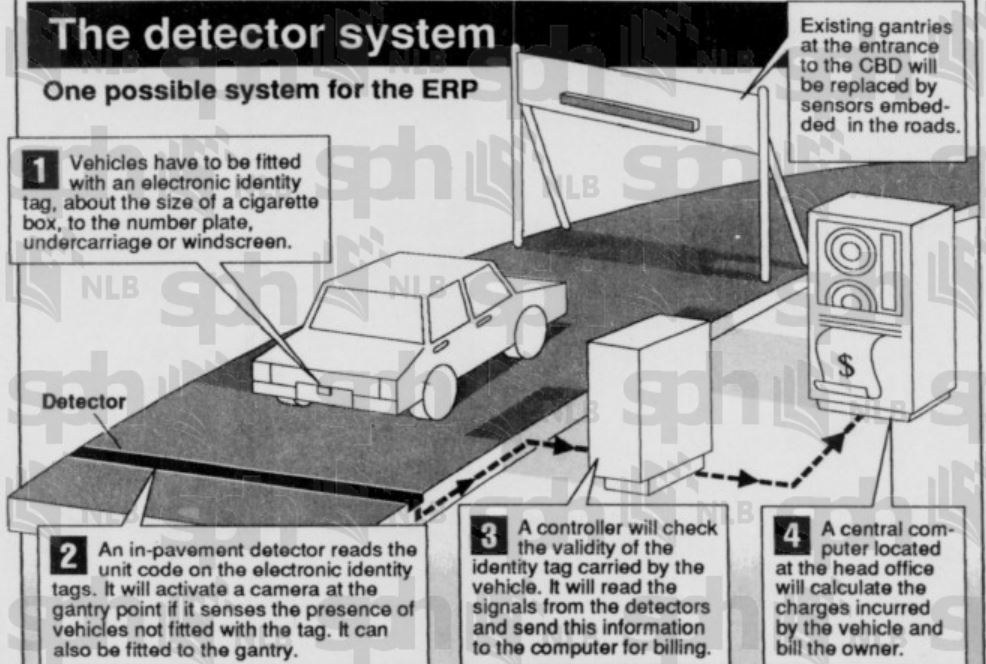
Source: The Straits Times on NewspaperSG
After multiple rounds of tenders, the S$197 million ERP project went to Philips Singapore consortium in October 1995. It was reported that the group had the lowest error rate.
The system would make use of in-vehicle units (IU) to store value smart cards developed by NETS.
Charges will automatically be deducted from these cashcards as the vehicle passes through the gantries.
While vehicles are fitted with IU units, ERP gantries were progressively set up.
The ERP started on the East Coast Parkway (ECP) in April 1998.
In August and September of that year, the ERP started on the Central Expressway (CTE) and Pan-Island Expressway (PIE), CBD areas, and Nicoll Highway.
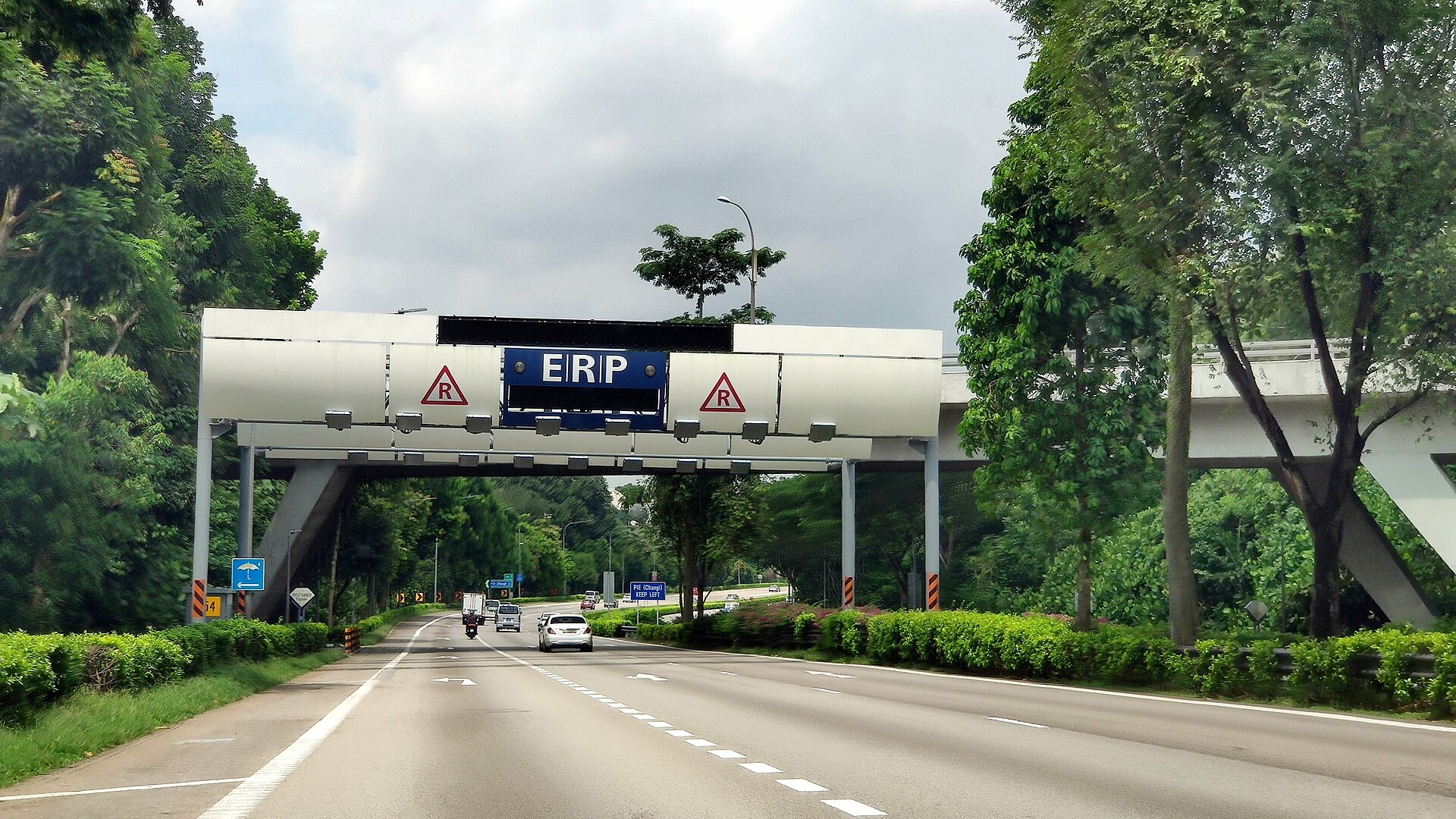
Source: Wikipedia
In an ST report from August 1998, the Land Transport Authority (LTA) described the ERP as “a fairer system where motorists using the roads more during peak hours will pay more”.
ERP was also said to be more flexible than a paper licence system with a “pricing structure that is more sensitive to the actual level of congestion”.
ERP for the 21st century faces pushback
At the time of its conception in the 1990s, the ERP was a game-changing technological innovation.
LTA has said that ERP 2.0, which will now be satellite-based, is a way to refresh this 25-year-old system.
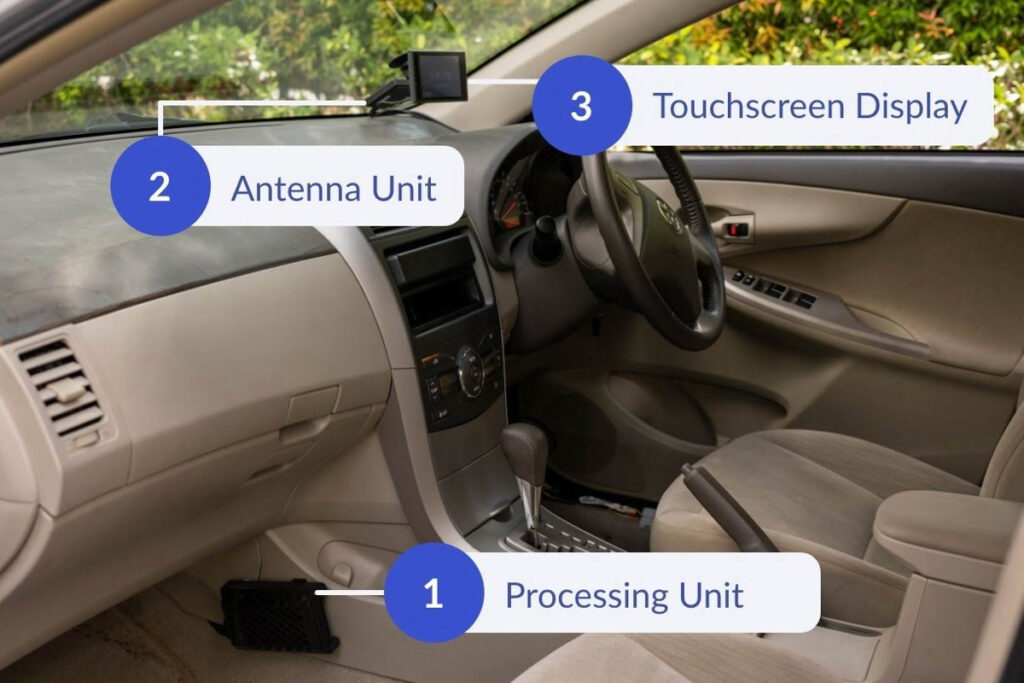
Source: CarBuyer Singapore
“The reality is that the existing ERP system is reaching the end of its operational lifespan and we need to replace it,” said the authority earlier this month.
Calling it “expensive and challenging” to upkeep an aging system, LTA also noted that parts of the IU and gantries may no longer be in production.
As such, there may be a need for customised production or less reliable substitutes.
LTA’s statement comes after pushback from motorists in Singapore about the new OBU.
Channel NewsAsia (CNA) reported that one pain point was the inconvenient placement of the card reader.
Located under the glove compartment on the front passenger’s side, the driver has to make quite a stretch to access the CEPAS card.
LTA has since said the processing unit can also be installed at the driver’s footwell, although this is dependent on the car model. Other locations within the vehicle are also possible, “subject to safety considerations and technical feasibility”.
Some netizens have also claimed that the OBU did not meet international standards for electronic devices.
LTA has since refuted the claims, saying that the device went through rigorous testing — passing temperature and humidity tests.
Read more: LTA says ERP 2.0 offers more than current system, motorists argue that it’s not user-friendly
LTA says ERP 2.0 offers more than current system, motorists argue that it’s not user-friendly
Have news you must share? Get in touch with us via email at news@mustsharenews.com.
Featured image adapted from National Archives of Singapore and Ministry of Transport.

Drop us your email so you won't miss the latest news.
